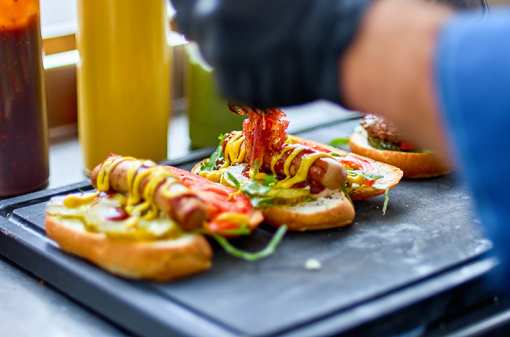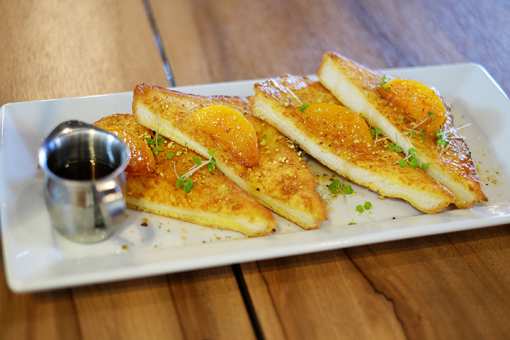Mission Statement:
The FIDM Museum & Galleries Foundation, Inc. provides students, researchers, designers, and the public with resources to examine the roles of historic fashion, accessories, textiles, jewelry, fragrance, and related ephemera in their relationship to society, history, art, and technology. The collections are sustained by standard museum practices for continual acquisition, preservation, and display. Educational, outreach, and volunteer programs support the scholarly interpretation of the collections.
History:
FIDM/Fashion Institute of Design & Merchandising was founded in 1969 by current FIDM President Tonian Hohberg. Hohberg's vision was the creation of an exciting learning environment within which students could master art and design disciplines. Beginning with the first downtown Los Angeles campus, FIDM has grown to four campuses (Los Angeles, Orange County, San Diego, San Francisco) and 20 majors. In 1973, the Fashion Design Department insisted that students studying clothing design would better understand textile drape, pattern structure, and finishing techniques if they had access to representative garments. Staff and faculty responded by raiding their personal closets to assemble the fledgling museum's first "collection." When formally established in 1978, the nonprofit FIDM Museum Foundation met with immediate enthusiasm. The initial holdings were enhanced by a generous gift of French haute couture ensembles from founding donor Betsy Bloomingdale.
As the years passed, the FIDM Museum grew along with the college. In 1985, the estate of Rudi Gernreich bequeathed the designer's extensive archive to the FIDM Museum. When a new Los Angeles campus was constructed in 1990, designated storage for the museum's 5,000 items was incorporated on the new campus. Community outreach, always important to the museum, attracted new donors, as did the rotating displays of collection objects on FIDM campuses. The FIDM Gallery opened in 1993, providing a permanent exhibition space for the growing collection. With the opening of the gallery, the museum began mounting exhibitions ranging from California sportswear to Hollywood costumes. In appreciation of the community's longstanding and generous support, exhibitions are always free to the public.
By 1997, the collection numbered over 10,000 items. During the 1990s, a curatorial department was established to oversee the museum's care and direction, the FIDM Gallery was expanded to 8,000 square feet, and the Museum Shop was opened. In 1998, the collection was divided into the research-oriented Permanent Collection and the hands-on Study Collection. In the intervening years, the museum began conversion of its hardcopy object records to a multifunctional database, constructed three state-of-the-art compact storage areas, and acquired the Annette Green Fragrance Archive. The Gianni Versace Menswear Archive is a recent standout acquisition, along with the Michel Arnaud Photography Archive. The caliber, connoisseurship, and interpretation of the museum collections have increased, expanding towards educational exhibitions, documentary productions, catalogue publications, and social media activities.
The FIDM Museum has attracted more than 1,000 donors over the past thirty-three years. These generous patrons contributed 70% of the current collections. Thanks to these donations, the collections currently number approximately 15,000 objects covering more than 200 years of history: 1800 to the present. Because the museum focuses on the strong design merits of high fashion, most of the collections are dedicated to fashionable women's dress, and acquisitions are determined primarily by how well an object represents its time period and a designer's oeuvre. Nonetheless, unknown dressmakers whose work survives through retail and department store labeled garments share archival storage space with major designers. Rounding out the collections are folk dress and non-Western garments, drawn from most major cultures and valued for their association with and inspiration for European and American fashion. Accessories are also a vital component, exhibited separately or used for head-to-toe mannequin dressing, helping to establish a complete understanding of how fashion is worn. Auxiliary ephemera such as periodicals, patterns, and photographs support the study of design by defining historical contexts. Additionally, interior textiles, swatch books, and embroidery samples complement the fashion holdings and ensure a rich understanding of related disciplines.






